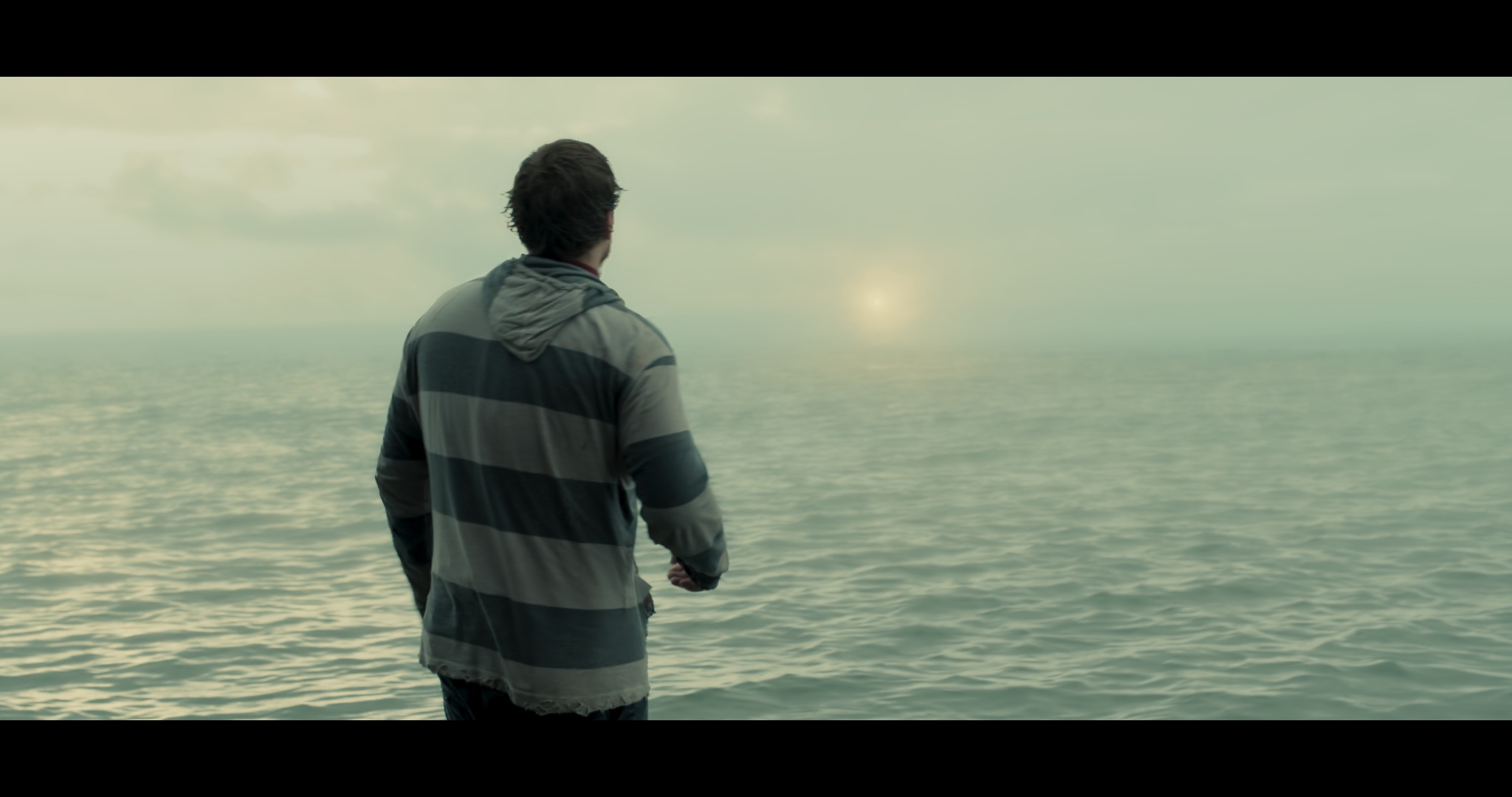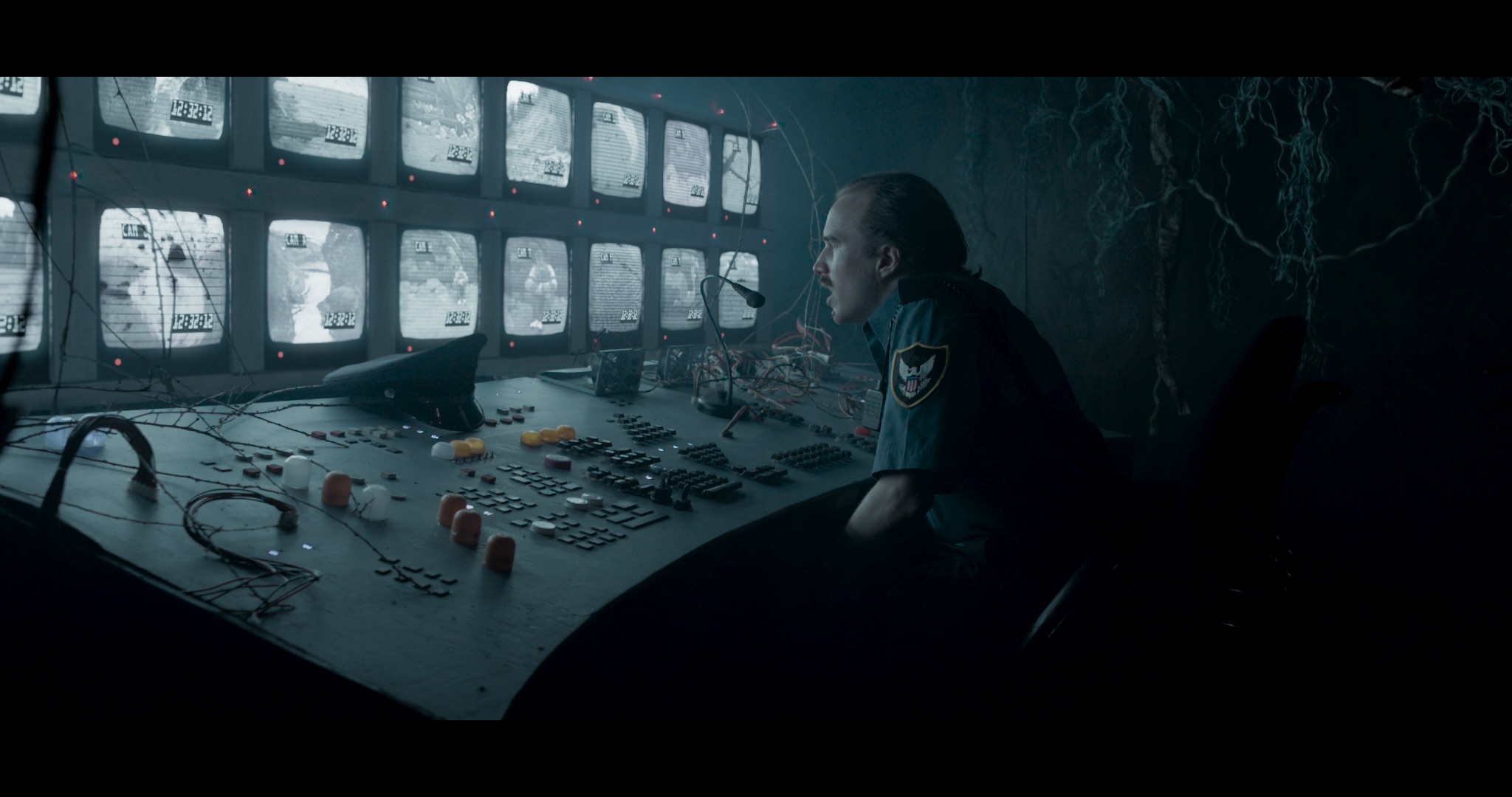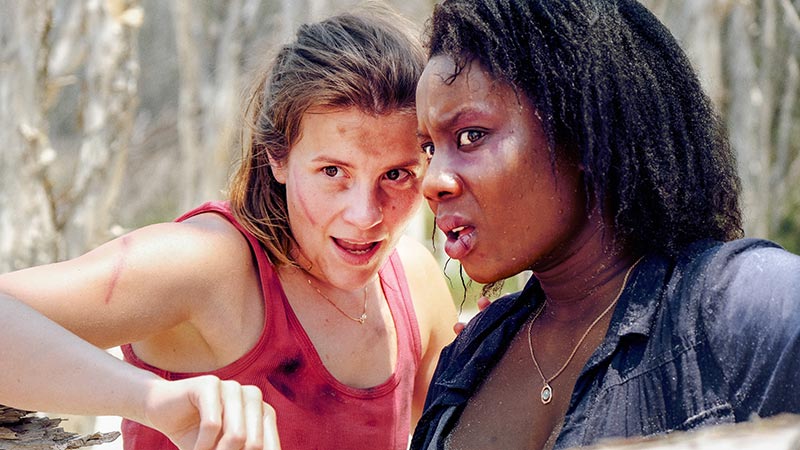David, a lost soul who severed all connection to his previous life is a prisoner on a disturbing desert island of his own making. Confronted by his past, David attempts to escape. However, with his withdrawal from the Nectar fruit becoming stronger and manifesting itself in the form of paranoia inducing surveillance creatures, and the tyrannical Guard who will stop at nothing to keep him on the island, the odds of him managing to free himself look very slim indeed.
Can you tell us what inspired you to bring this story to life?
Addiction and mental illness are subjects that are both close to my heart and fascinate me. My initial inspiration for the film was an image of a lone man walking through a remote jungle while being spied on by surveillance cameras. Thematically, this made me think of social isolation and inner turmoil, which would then develop and evolve into an allegory for the struggle with addiction.

The island is a fascinating place, can you tell us about its concept and its elements like the Nectar and crab-cams?
All the elements of the protagonist’s surrounding make up his physical and mental state as an addict; the desert island – his isolation, the Guard – the voice of self-loathing, the camera crabs – the physical skin crawl and paranoia of withdrawal, and of course the Nectar fruit, the object of his addiction, whether it be a substance or other.

How important was it for you to get those big CG shots in, like the derailed train on the beach, the crab-cams and even the final shot?
It’s very much a visual journey in the story, so using these fantastical elements in an attempt to convey addiction in a different way and to avoid using the usual drug-taking tropes in movies, was really important to me.



